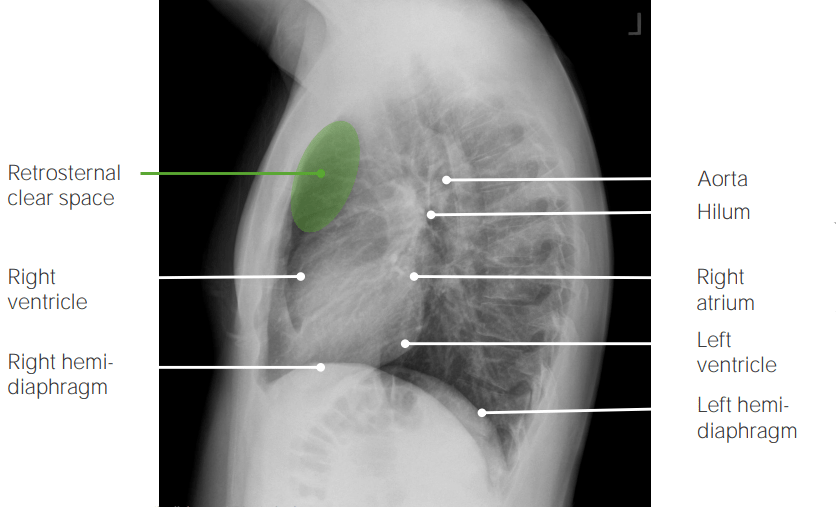Playlist
Show Playlist
Hide Playlist
Jejunal and Ileal Atresia
-
Slides GIP Jejunal and Ileal Atresia.pdf
-
Download Lecture Overview
00:01 Welcome. 00:02 In this relatively short little talk, we're going to pick up where we left off with other lesions in the GI tract. 00:10 This is going to be Jejunal and Ileal Atresia. 00:14 So, the epidemiology of this. 00:17 Overall, it's much less common than duodenal atresia that we've talked about previously. 00:23 The pathophysiology. 00:25 So what we're looking at here, this is a pediatric problem and neonate problem, actually. 00:31 We're looking at a baby. 00:33 What is on the baby's chest here is supposed to represent bilious vomiting. 00:39 And so don't pay attention to that we're gonna look instead, at his GI tract. 00:44 During normal development, we have big loops of bowel of the jejunum and ileum that are perfused by the superior mesenteric artery and branches of the superior mesenteric artery, that branch and branch and branch. 00:58 If there is disruption in the branches of superior mesenteric artery, then the portions of the bowel that would normally be perfused and would normally develop, don't do so. 01:09 So we have failure to develop, and it can be anywhere along the small bowel segments jejunum or ileum. 01:15 And here we're just showing an example of ileal atresia. 01:18 So we have big loops a bowel that are fine, and then we get to this area that just never really developed. 01:22 It's atretic and food, whatever is in the GI contents cannot get through that area of narrowing. 01:30 cannot get through that area of narrowing. 01:32 So, clinical presentation. 01:35 It's pretty easy to predict what would be happening here, because the baby is not able to swallow completely during development. 01:46 There will be polyhydramnios. 01:48 There will be much more fluid within the amniotic sac, because the baby is not able to swallow and passage that so that will also potentially affect the development of other structures and organs. 02:03 At birth, there will be bilious vomiting. 02:05 So the atresia, the atretic component is distal to where the bile duct dumps in to the duodenum. 02:13 And so as a result of that, when there is that stenosis, things back up from that point, the baby will have bile stain vomiting. 02:21 There will also be abdominal distension. 02:23 Food that's coming down, keeps coming down until it's completely stuck at this point where there's no bowel development. 02:31 How do we make the diagnosis? It's not that hard. 02:34 I mean, if you just do a plain film here, you will see dilated loops of bowel with multiple fluid levels. 02:42 The management also reasonably straightforward. 02:44 You need to resect the area that's atretic. 02:47 So you just do a surgical correction. 02:49 You cut it out, so the two pieces back together and you're good to go. 02:54 And with that, a very brief visit to ileal and jejunal atresia.
About the Lecture
The lecture Jejunal and Ileal Atresia by Richard Mitchell, MD, PhD is from the course Small and Large Intestines Disorders.
Included Quiz Questions
What pathologic process leads to jejunal atresia?
- Disruption of a branch of the superior mesenteric artery
- Disruption of the celiac axis
- Disruption of the inferior mesenteric artery
- Disruption of the hepatic vein
- Disruption of the portal vein
What form of imaging visualizes a triple bubble sign?
- Plain film X-ray
- CT scan
- Ultrasound
- MRI
- PET/CT
Customer reviews
5,0 of 5 stars
| 5 Stars |
|
5 |
| 4 Stars |
|
0 |
| 3 Stars |
|
0 |
| 2 Stars |
|
0 |
| 1 Star |
|
0 |




